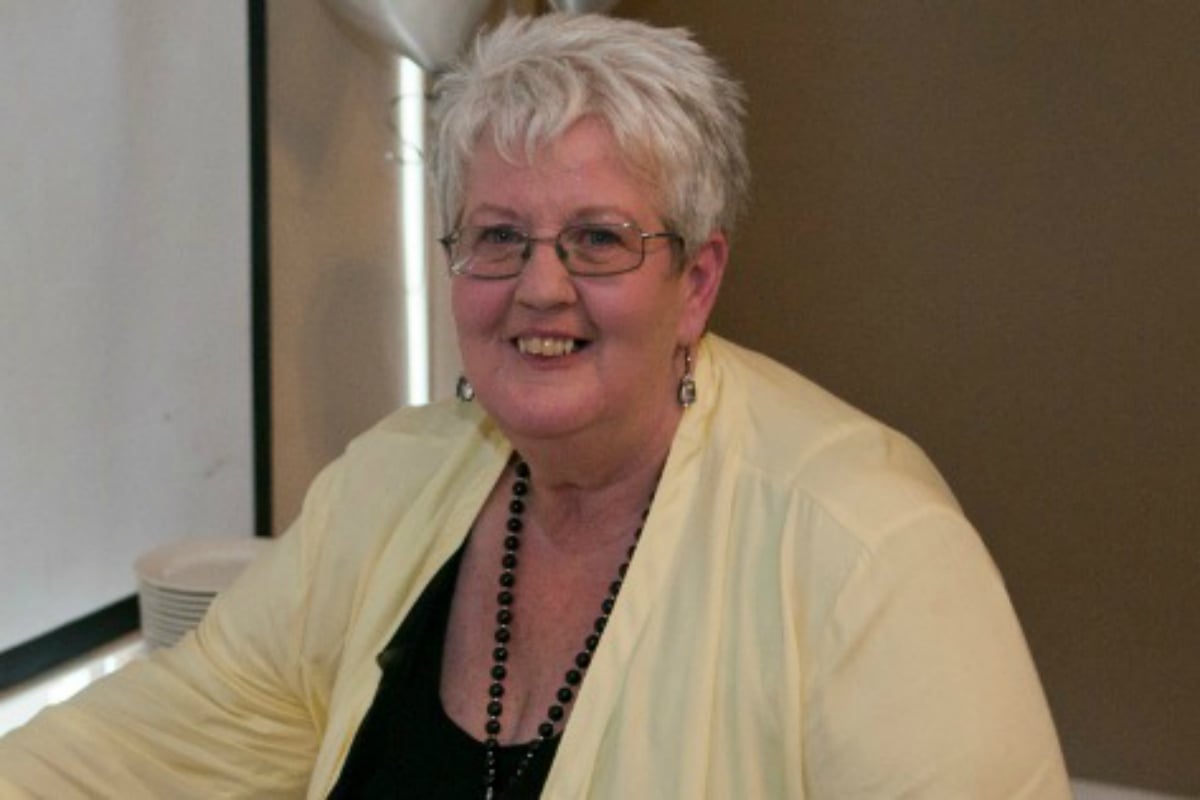
Steiner education, also known as the Waldorf School, isn’t a new educational pedagogy. But it is one which has increased in popularity over the past decade with a rise in enrolments, as well as additional schools being developed or expanded due to high demand.
Although rising in popularity partly due to its alternative educational structure, a secondary school teacher of nearly 30 years, Margaret Keable, tells Mamamia that she believes the structure “inherently flawed.”
Originating from the ideas of Austrian-born scientist and philosopher, Rudolf Steiner, who lectured throughout Europe in the 1800-1900s, the first school based on the Steiner pedagogy was opened in 1919 in Stuttgart, Germany. It has since spread to over 60 countries throughout the world.
Watch: Things teachers never say. Post continues after video.
The first Australian Steiner school was opened in Sydney, in 1957. There are now over 40 Steiner schools and kindergartens in Australia.
According to Steiner Education Australia (SEA), “Steiner education provides enjoyable and relevant learning through deep engagement and creative endeavour, to develop ethical, capable individuals who can contribute to society with initiative and purpose.”


Top Comments